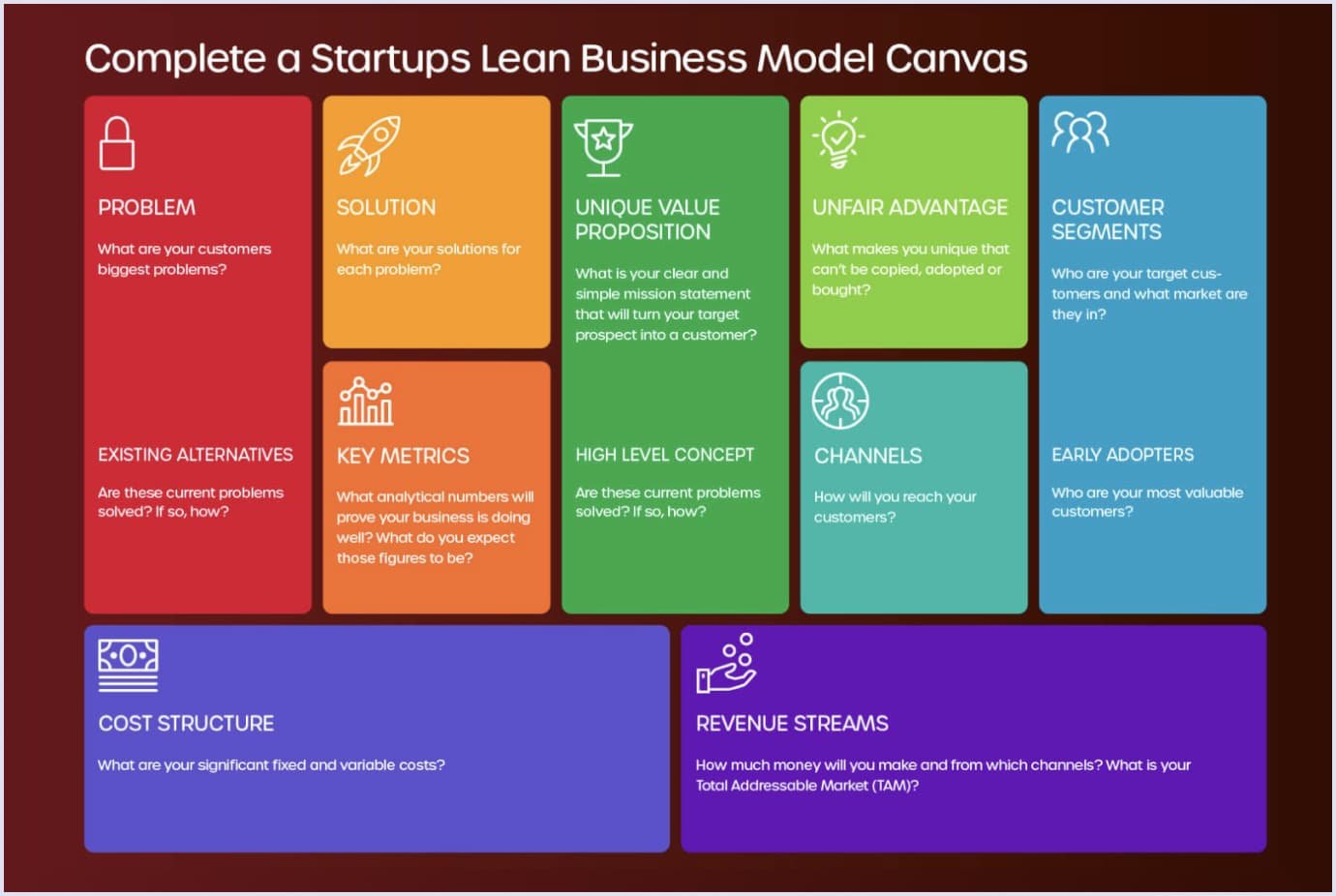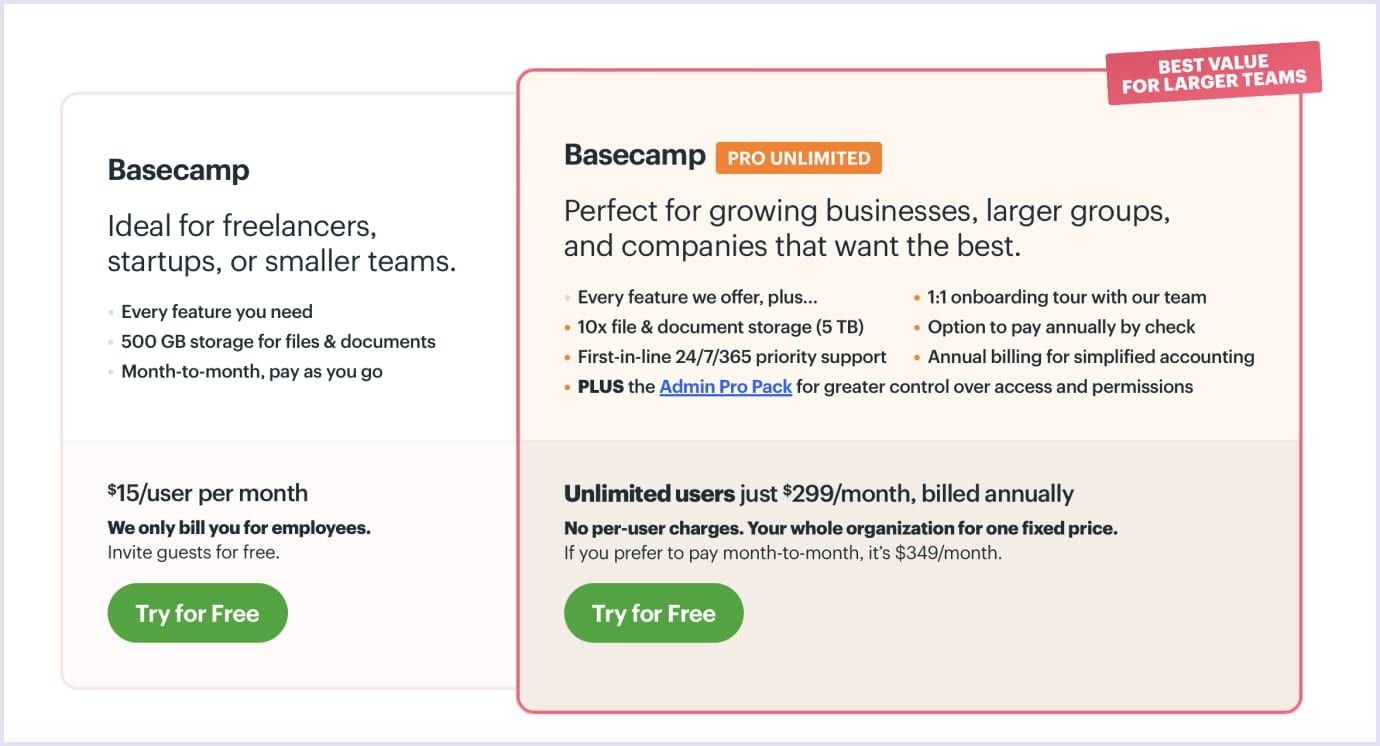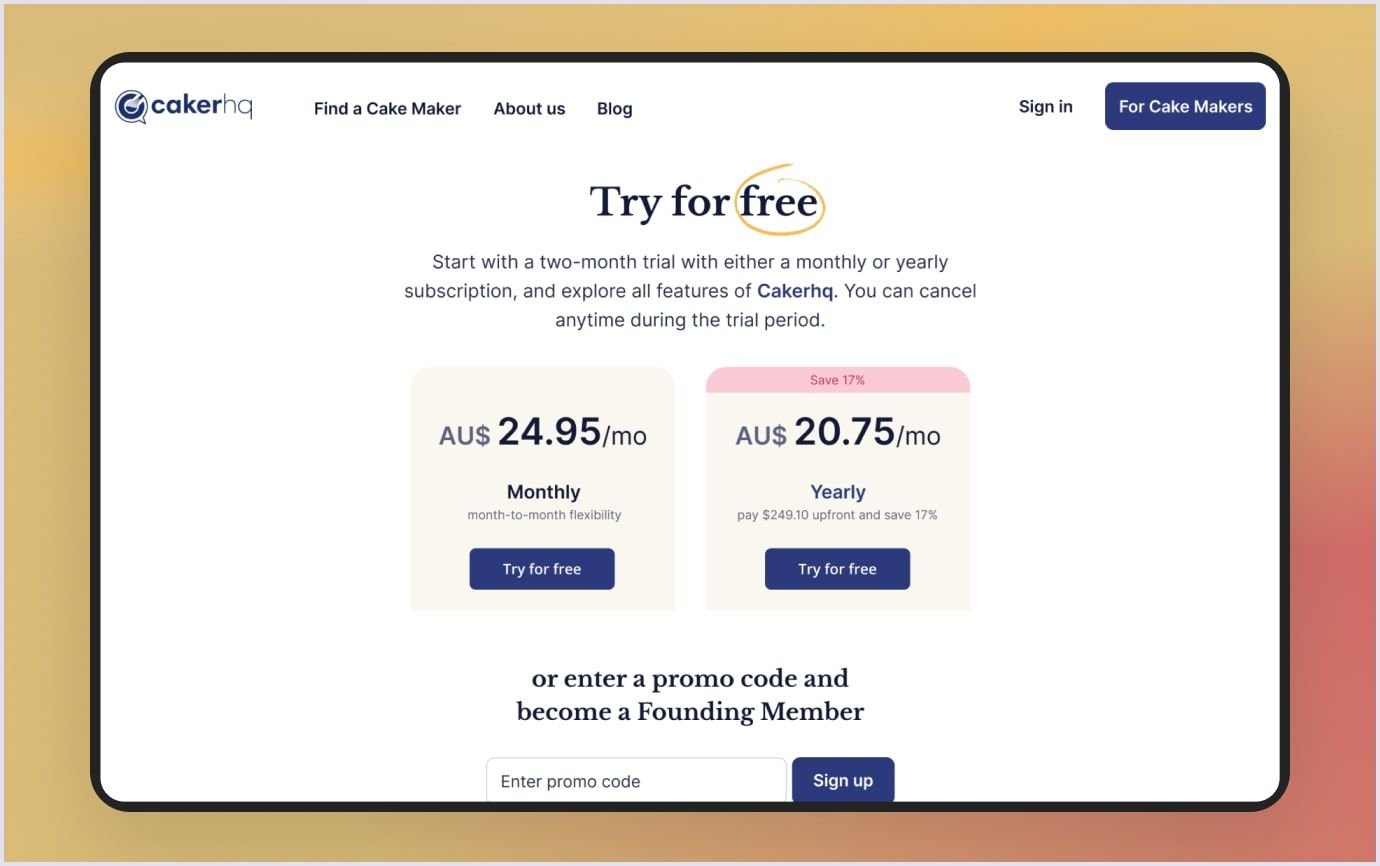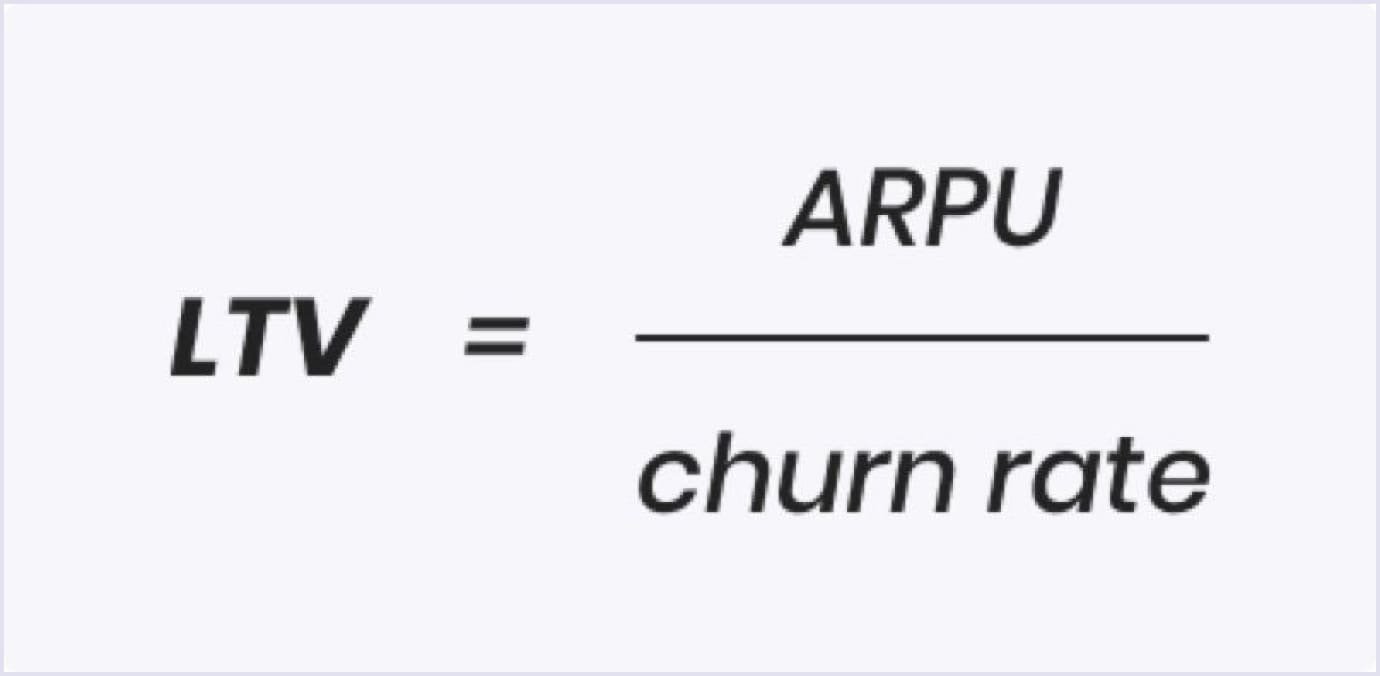Starting a software as a service (SaaS) business provides opportunities and challenges. It's about more than having a great idea; you need a clear plan, a good grasp of your target audience, and a willingness to adapt.
So, how do you build a SaaS product? Our comprehensive article answers this question and guides you through the main stages of SaaS startup development.
This expert guide teaches you to do market research and write a lean plan. Also, we discuss the most suitable pricing models and effective SaaS startup marketing strategies. Finally, you will know how to track the progress of your startup.

Step 1. Conduct market research
Market research should be your first step toward building a SaaS company. You need to test the waters and make sure that your SaaS startup idea is worth investing in. What should you include in the market research? We recommend focusing on such crucial aspects as an industry overview, target market research, and competition analysis. Let’s take a closer look at each of these points:
- Industry overview. Define the size of your market segment. Learn about groundbreaking SaaS trends. Focus on vertical markets and mobile-first SaaS applications when developing SaaS. Attend relevant trade shows and summits and watch webinars to keep track of events.
- Target market research. Get as much information about your target audience as possible. Learn about their age, gender, location, education, and occupation - these findings can help you target these consumers better.
- Competition analysis. Define what cloud computing model your competitors have adopted. Take a look at products released by your market rivals. What features do they have? How often are they updated? Analyze their pricing models, revenue, and annual reports.
Step 2. Start with lean planning
When planning, you can follow one of the two ways. First, you can write a traditional business plan. This detailed document covers a business overview and market analysis.
Alternatively, you can save time by creating a lean business plan. It is much shorter since all key points are briefly outlined.

There are several reasons why you should consider lean planning for SaaS applications:
- Since a lean plan is brief, you can look at immediate feedback from business partners, colleagues, and potential customers.
- Writing such a document takes less time.
- The lean plan is much easier to update and edit.
- This document is concise and allows you to get straight to the point.
- It can serve as a basis for your detailed business plan.
Step 3. Test your hypothesis with a prototype
A prototype is an incomplete implementation of a future product. You introduce it to potential investors to show your idea is alive and running. Prototype visibility is also easier to understand compared to the technical language of the specification.
The primary purpose of a prototype is testing, which is extremely important for building a SaaS company. Creating a prototype allows you to get prior acquaintance with the way potential users will interact with your future product. The development team should collect the clients’ feedback and consequently make alterations to an existing prototype or build a new one.
Step 4. Choose the pricing model
The right revenue model is the key to the success of any kind of business, be it a pricing model for SaaS startup, or a monetization strategy for a successful online marketplace.
If you are wondering how to build a SaaS startup that will bring you a stable income, choose the monetization strategy wisely. You can even try to mix several revenue models to mitigate financial risks.
Let’s discuss the most suitable strategies for SaaS startups.
Free application, ads supported
Since the SaaS product is free, it will attract many users. In addition, there is no easier way to monetize your app than to add built-in advertisements. You will get the revenue instantly. Still, on the sidebar of the customer dashboard, you can see ads for related products.
Flat-rate pricing
This model often comes with a trial period. It also has a fixed policy regarding the number of users on an account.
Basecamp, a web-based project management tool, offers an unlimited number of users and full functionality for a flat price of $299 per month.

Freemium
This model provides users with basic functionality for free, and is a good option for starting a SaaS business. Premium features are offered for an additional fee. The biggest challenge with this strategy is that customers churn on free packages more easily.
Drift, a conversational sales and marketing platform, allows companies to chat with their website visitors in real time for free.

Per storage pricing
For some SaaS products, you may charge users based on the amount of storage space they need. Usually, companies offer customers a certain amount of storage for free; then consumers have to pay. This model allows users to get to know your SaaS services and encourages them to upgrade when they exceed the limit.
Dropbox successfully adopted the storage pricing model:

At Codica, we created various subscription plans for the custom SaaS platform. For instance, when new users come to the platform, they can use a free trial period to test the solution in practice. Moreover, they can pick specific subscription options that help them save a few months’ subscription fees.

Step 5. Build the brand for your SaaS startup
As it has been said before, the SaaS market is very competitive these days. So, the question arises: how can a SaaS startup differ from its rivals?
- Clarify your vision. Make it clear so that each member of your team can understand what direction you are following. Besides, it should explain what your company strives to achieve in the years to come.
- Prioritize the quality of your services. In this regard, we recommend focusing on the quality of your SaaS services. The term SaaS stands for software as a service. We believe that service is the most important word there.
- Harness the power of naming. Consider a name that is easy to write, read, and remember. See to it that it does not sound offensive when translated to other languages. Make sure that your competitors do not take your desired name.
Step 6. Get the required financing
You are lucky if you have enough funds to support your business financially. What if you do not have such an opportunity? How to build a SaaS startup with a tight budget? The answer is to look for outside sources of investment.
First, you can bootstrap your business. It means that you can finance your SaaS startup using existing resources or earning money in unconditional ways.
Besides, to start a SaaS business, you can borrow money from family and friends. This option offers flexible conditions for paying off the debt.
Finally, if two previous solutions are not your cup of tea, consider turning to angel investors. For this purpose, visit AngelList or Crunchbase. There are many professionals on these websites who may find your business idea lucrative.
Step 7. Select the development team and approach
An important aspect that deserves your special attention is a team of professionals who will develop a SaaS app for you. Since you are building your product from scratch, you will require a full-cycle development team. It consists of the following specialists:
- Project manager;
- Business analyst;
- Backend developers;
- Frontend developers;
- QA engineers;
- UI/UX designers:
- DevOps engineers.
When it comes to the development approach, the agile methodology seems the most suitable option when building a new SaaS company. Here’s why:
- Improved quality. With the Agile approach, the project is broken down into manageable units. The system of short sprints allows for paying more attention to development and testing.
- Transparency. You are getting involved in the whole SaaS startup development process. As a result, you can see what has been made at each stage of building your SaaS application.
- Predictable delivery. Each sprint has a fixed schedule and lasts 1-4 weeks. That means the new functionality is delivered quickly and predictably.
- The possibility of making changes. The clear benefit of the Agile approach lies in the opportunity to update or reprioritize the overall product backlog at each step of project development.
- Reduced risks. Development teams who adhere to Agile principles better react to emerging challenges. As a result, the risk of complete project failure is significantly mitigated.
Step 8. Launch an MVP first
So, how to build a SaaS startup product that your customers will love? We believe that successful SaaS development services start with launching an MVP (minimum viable product).

MVP is a simplified version of your SaaS application with a few key features. It is designed for getting feedback from investors and early adopters. When starting a SaaS business, there are two ways how the MVP can help you validate your business idea even further:
- It confirms or denies the need for your SaaS product;
- An MVP identifies features that users need the most.
Below, you can see some valuable tips on how to create an MVP:
- Don’t spend too much time on SaaS MVP development. Some startups make a big mistake taking a minimum viable product for a full-fledged application. Consider a short SaaS startup development cycle to validate your idea as quickly as possible.
- Cut your scope in half. Once you have a ready scope, cut it in half. Remember that your MVP should be clear and straight to the point.
- Test different business models. Try different pricing models to find which one works best for your SaaS startup. Also, decide which features you will include in the trial version of your app.

Step 9. Develop a killer marketing strategy
To promote your SaaS applications successfully, you need to understand how they are different from other products and services. Let’s take a look at the specific features of SaaS applications and define how you can use them for the sake of marketing.
1. Free trial
If you sell physical merchandise, you may think that it is not the best idea to give some of your products for free. However, this strategy works fine for SaaS products. Take the most popular SaaS applications. Most of them offer a free trial option.
If you want to go with a free pricing model for building your SaaS company, it comes with multiple options. These can be a free trial, freemium, 90-day free trial, or trial without credit card information - to name a few. The keyword there is free. It serves as fuel for your SaaS promotion engine.
2. Short sales cycles
It means that customers spend less time choosing a suitable cloud solution. They do quick online research, try a demo version, or watch a video presentation of a product. After that, they are ready to buy a SaaS application that better satisfies their needs.
However, some customers become skittish when they are forced to choose a SaaS product they need quickly. As a rule, these are buyers who used to slow-pace purchases.
How can you target these consumers? The best way is to provide them with as much information about your product as possible. This way, you can convince them to choose your SaaS applications among dozens of similar products.
Read also: Why SaaS Startups Fail: Most Common Reasons and How to Prevent Them
Step 10. Track your progress
Now you know how to start a SaaS startup. However, after you have launched your business, you need to measure its success. The particular SaaS startup metrics will help you with this task.
There are core metrics for a SaaS product:
Churn and churn rate. The first metric shows how many users gave up your SaaS product in a given month. At the same time, the churn rate defines the percentage of consumers that cancel your services every month.

Monthly recurring revenue (MRR). This parameter defines your profitability. Simply put, it is the monthly recurring revenue you get at the end of a month.

Average monthly revenue per user/customer (ARPU). This is the most straightforward metric. ARPU shows how much revenue each customer brings you on an average month.

Lifetime value (LTV). Suppose you want to know the revenue you can get from an average customer over the whole time they have been using your SaaS products. You can easily predict this figure.

Customer acquisition costs (CAC). This figure defines how much it costs for you to gain an ordinary user.

Conclusion
As you can see, starting a SaaS business requires careful planning and consideration. Our expert team hopes that with this detailed guide, the question of how to create a SaaS startup will be easy for you.
If you are looking for a reliable SaaS development company, feel free to contact us. We will be excited to build a scalable, secure, and cost-effective cloud solution for you, and help your SaaS startup to further grow and prosper.

